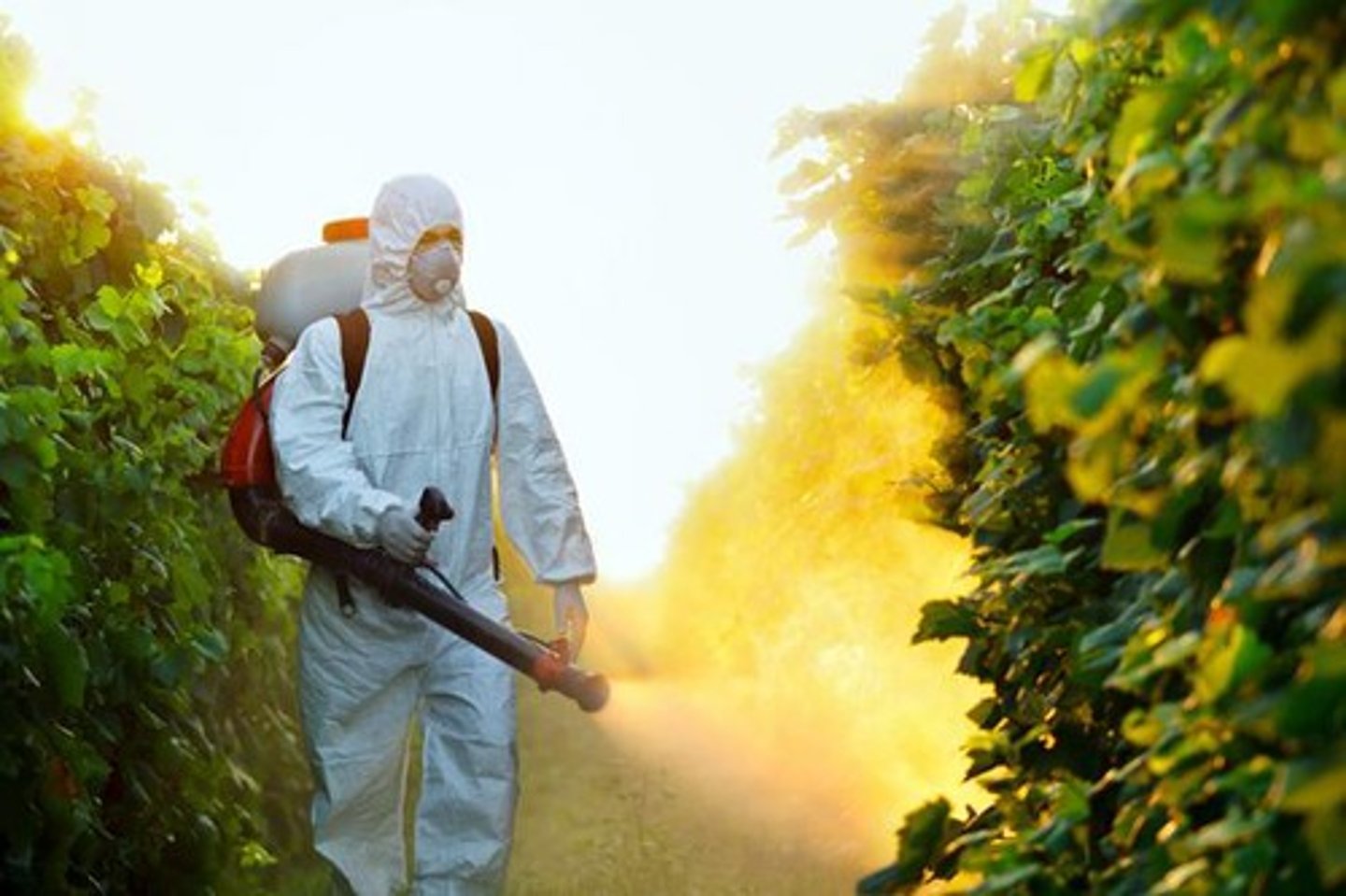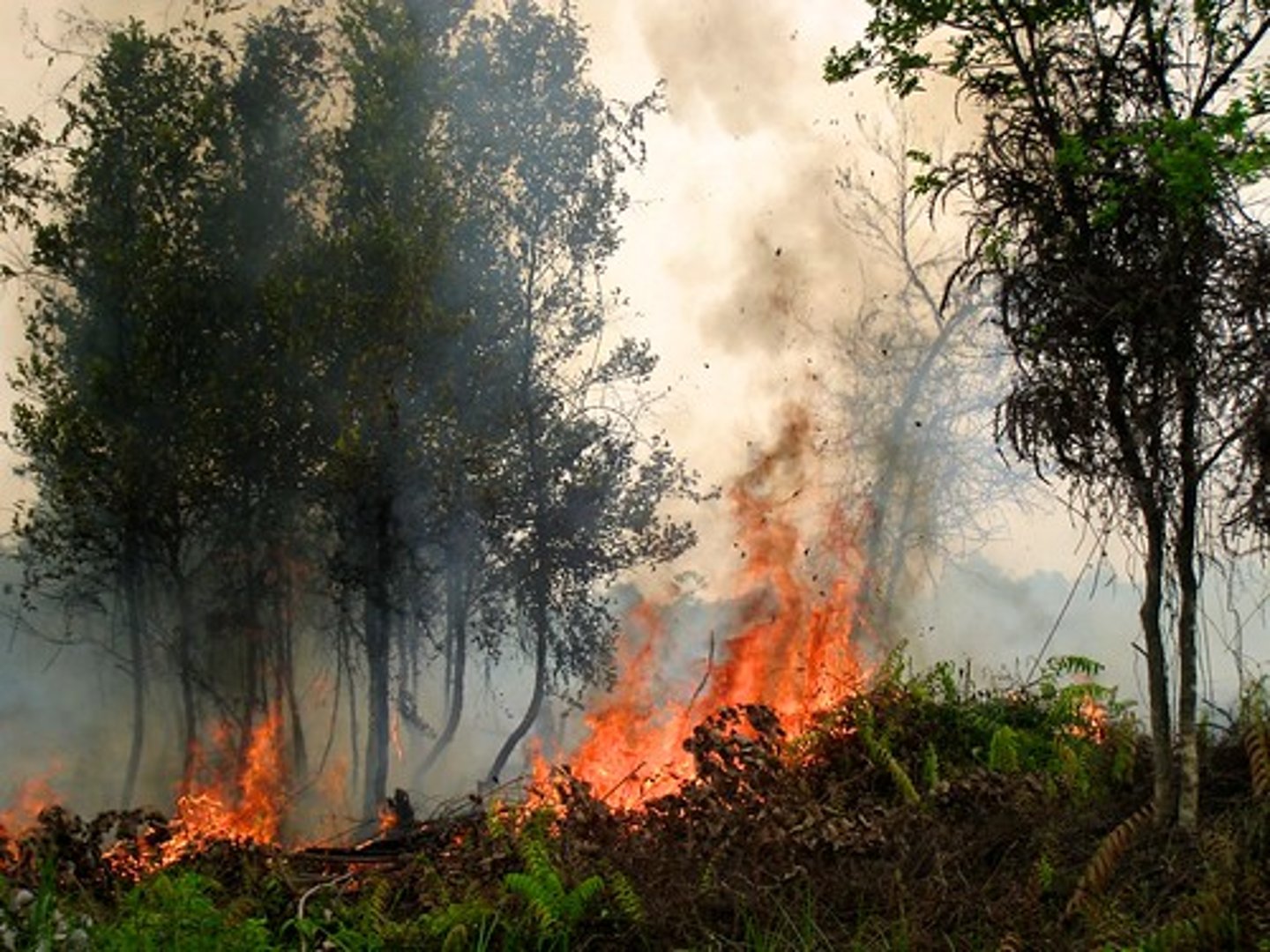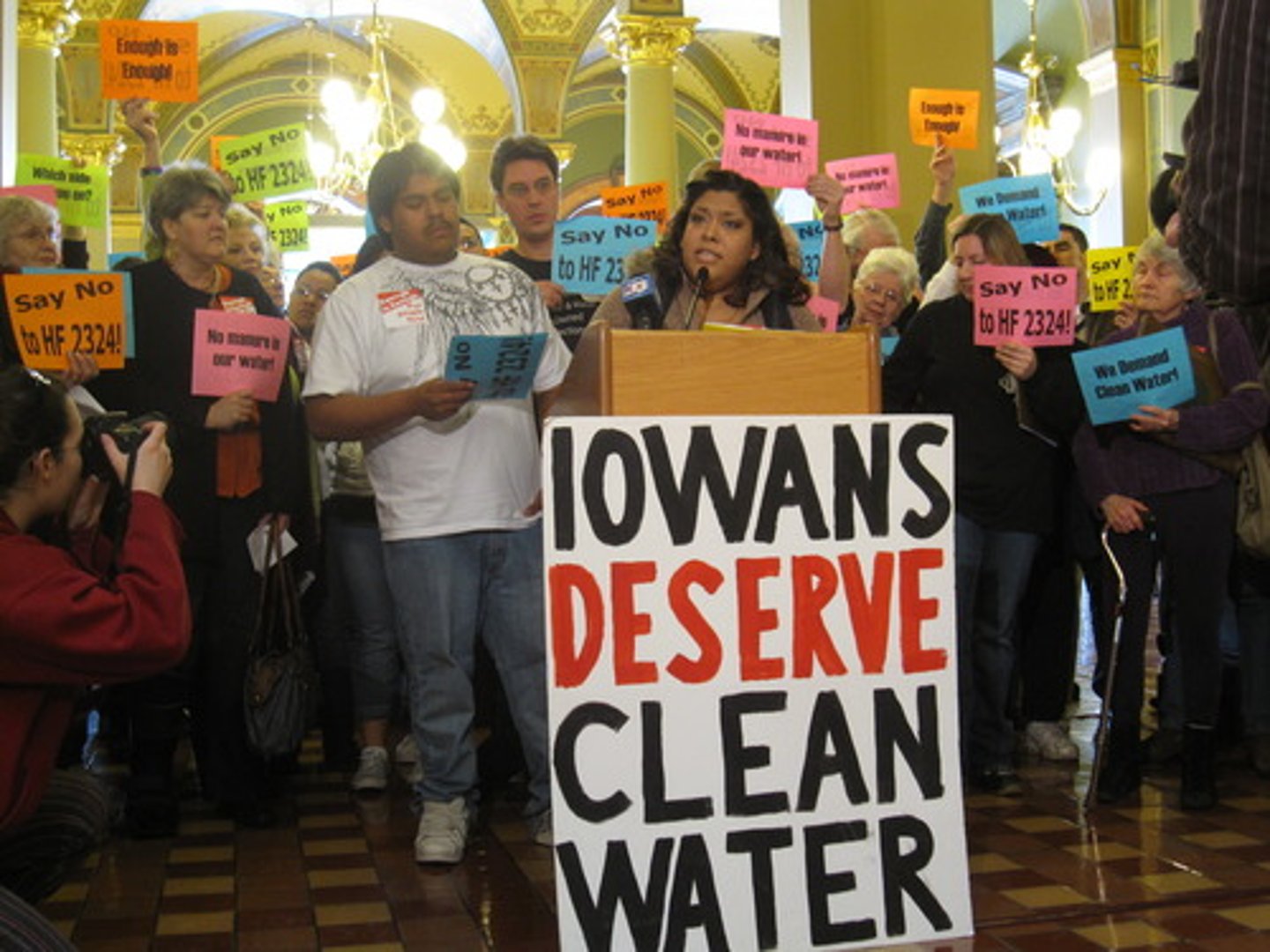APES: Important Laws & Treaties
1/17
There's no tags or description
Looks like no tags are added yet.
Name | Mastery | Learn | Test | Matching | Spaced |
|---|
No study sessions yet.
18 Terms
Food Security Act
Farmers participating in the Conservation Reserve Program receive a subsidy for taking highly erodible land out of production and replanting it with topsoil-saving grass or trees for 10-15 years. These efforts have cut soil losses on US cropland by 40%.
Successful? YES

Conservation Reserve Program
FIFRA
Under FIFRA (Federal Insecticide, Fungicide, and Rodenticide Act), the EPA was supposed to assess the health risks of the active ingredients in pesticide products already in use. But after more than 30 years, less than 10% of the active ingredients in pesticide products have been evaluated using tests for chronic health effects. The EPA says that it has not had the funds to carry out this complex and lengthy evaluation process.
Successful? Not really

Food Quality Protection Act
This Act was passed mostly because of growing scientific evidence and citizen pressure concerning the effects of small amounts of pesticides on children. Requires the EPA to reduce the allowed levels of pesticide residues in food by a factor of 10 when there is inadequate information on the potentially harmful effects on children.
Successful? Not really

Organic Food Production Act
CITES
This treaty works to protect endangered and threatened wild species. It is signed by 172 countries, bans hunting, capturing, and selling of threatened or endangered species. It also restricts international trade of these species. This treaty has helped reduce international trade, but the effects of the treaty are limited because enforcement varies from country to country.
Successful? Not really

Convention on Biological Diversity
Ratified by 190 countries (but not by the US), legally commits participating governments to reversing global decline of biodiversity and to equitably sharing the benefits from use of the world's genetic resources. This includes efforts to prevent or control the spread of ecologically harmful invasive species. A landmark for international law because it focuses on ecosystems rather than on individual species.
Successful? Not really
Key countries have not ratified it and so implementation has been slow. Also there are no severe penalties.

Endangered Species Act (ESA)
This act was designed to identify and protect endangered species in the US and abroad. Forbids federal agency to carry out, fund, or authorize projects that would jeopardize an endangered species or destroy a crucial habitat. Makes it illegal for Americans to sell or buy any product made from an endangered or threatened species.

Healthy Forests Restoration Act/Healthy Forests Initiative
Allows timber companies to cut down medium/large sized trees in national forest in return for clearing away smaller, more fire-prone trees and underbrush. The companies are not requires to conduct prescribed burns after completing the thinning process. This law actually increases the chance of severe forest fires.
Suffessful? No

RCRA
Resource Conservation and Recovery Act
Sets standards for management of several types of hazardous waste and issues permits to companies allowing them to produce and dispose of certain amount of wastes in acceptable ways. Cradle-to-grave system, to keep track of waste they transfer from a point of generation to an approved disposal facility.
Successful? Good start but still a lot to do (only %5 use this)
CERCLA
Comprehensive Environmental Response, Compensation and Liability Act.
CERCLA or superfund
Goals are to identify sites where hazardous wastes have contaminated the environment and to clean them up on a priority basis.
The Superfund is now broke after Congress refused to renew the tax. The taxpayers, not the polluters, are footing the bill for future cleanups when the responsible parties cannot be found.
Basel Convention
Banned the transferring of hazardous waste from developed to developing countries.
Safe Drinking Water Act
Requires EPA to establish national drinking water standards for any pollutants that may have adverse effects on human health.
Successful? No
Clean Water Act
Sets standards for allowed levels of key water pollutants and requires polluters to get permits limiting how much of various pollutants they can discharge into aquatic systems. This act led to numerous improvements:
•Water systems that met federal standards went from 79% to 94%
•The amount of topsoil lost through agricultural runoff was cut by 1 billion tons annually
•Annual wetland losses decreased by 80%
Successful? Yes

Clean Air Act
established national primary and secondary air quality standards. Set emission standards for cars, and limits for release of air pollutants.
Montreal Protocol
The treaty's goal was to cut emissions of CFC's by about 35% between 1989 and 2000.
Successful? Yes
Kyoto Prococol
A treaty to slow climate change by setting a cap and trade system. However, the cap was set too high and rather encouraged GHG instead. George W. Bush withdrew the US from this protocol when not enough progress was being made from rapidly developing countries.
Successful? Somewhat
Energy Policy Act